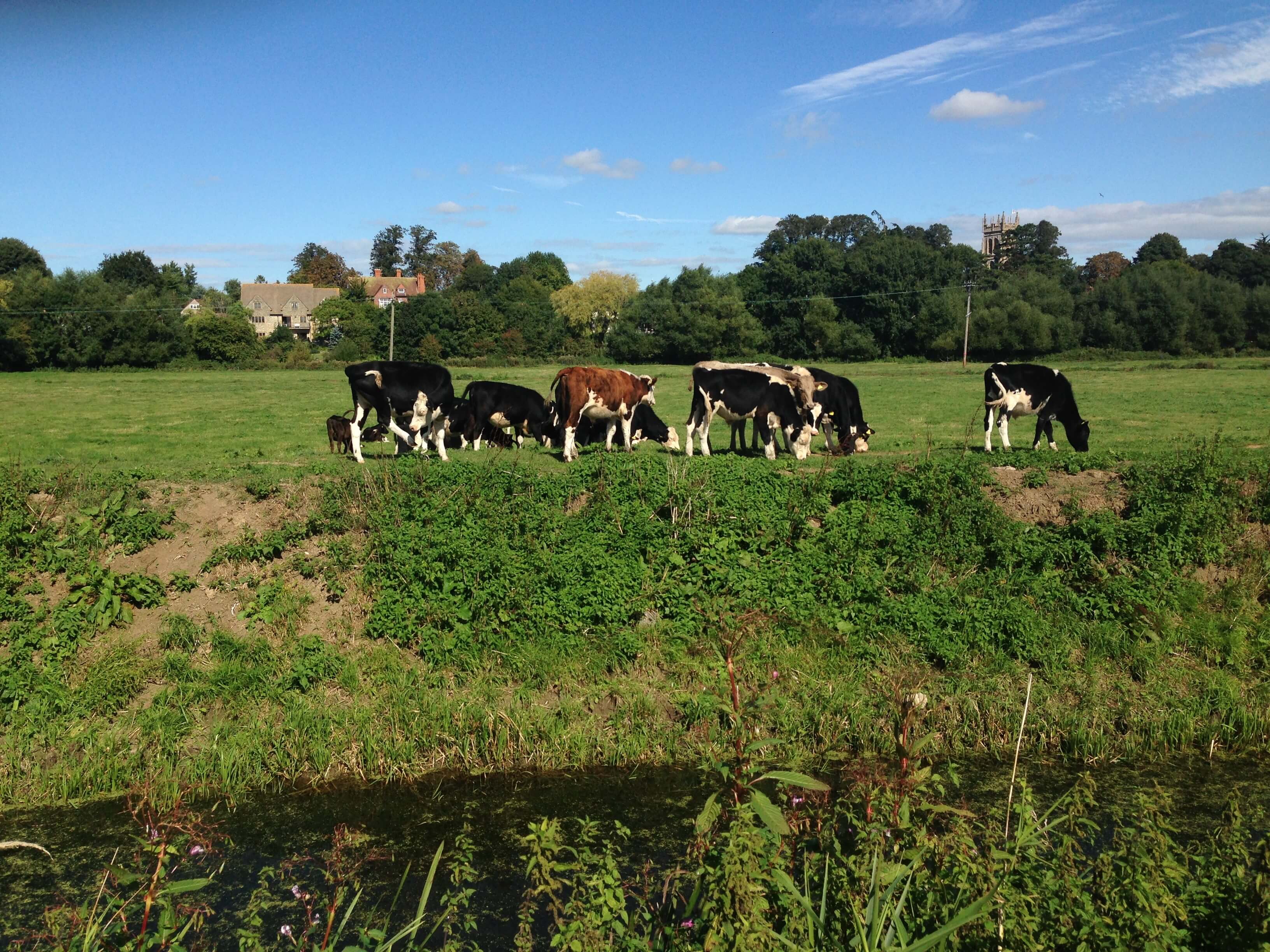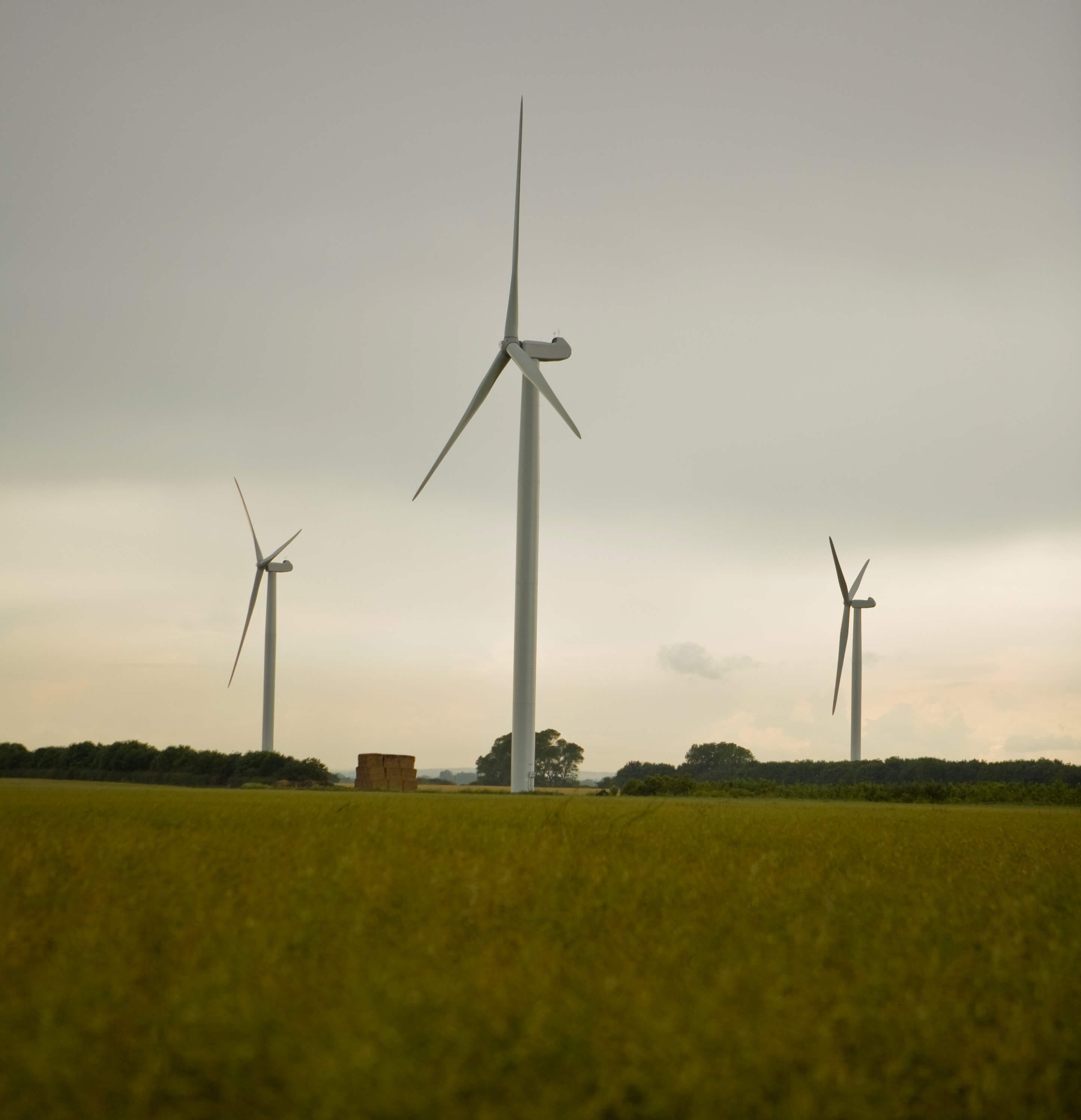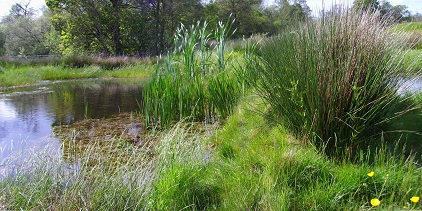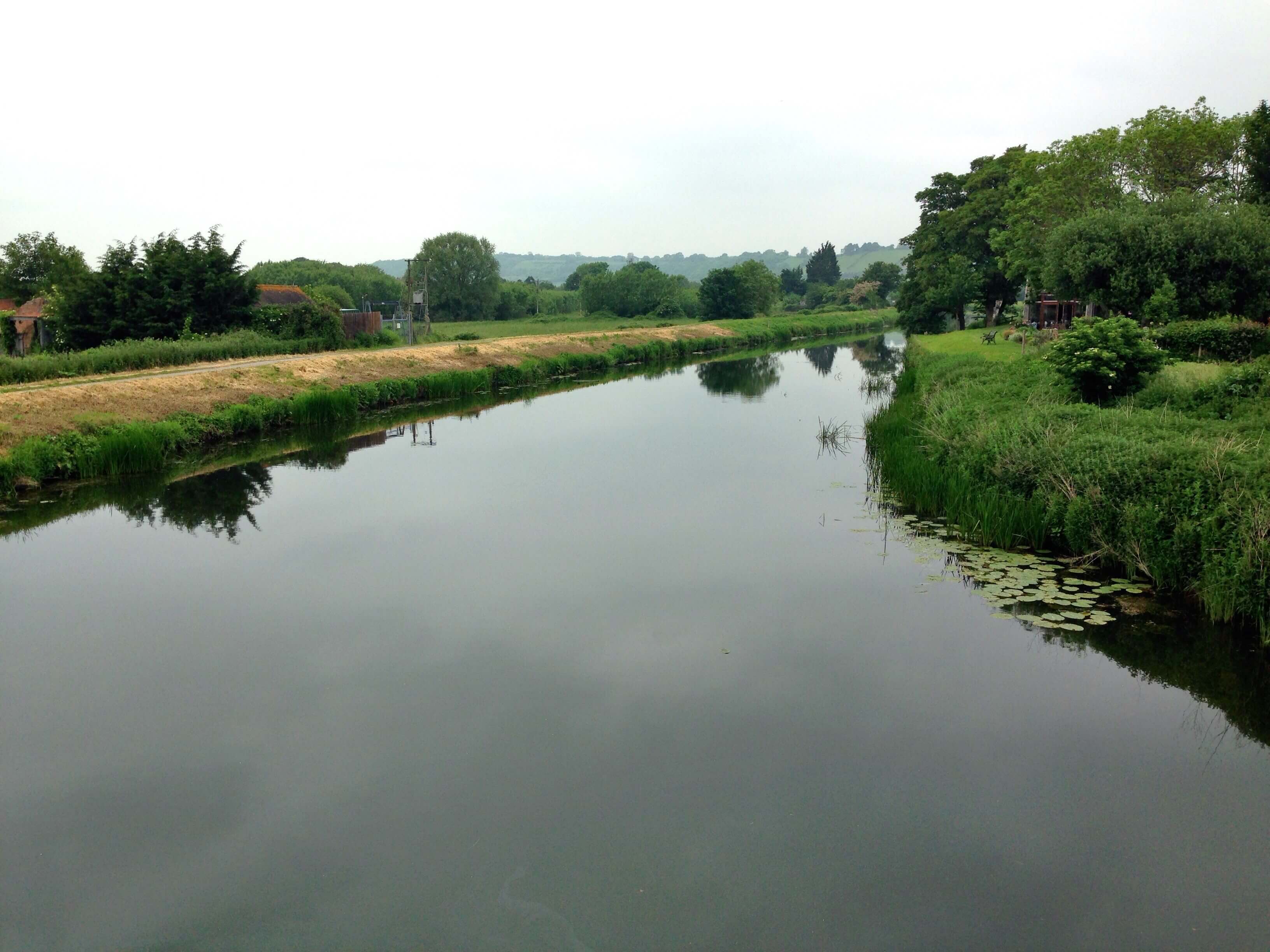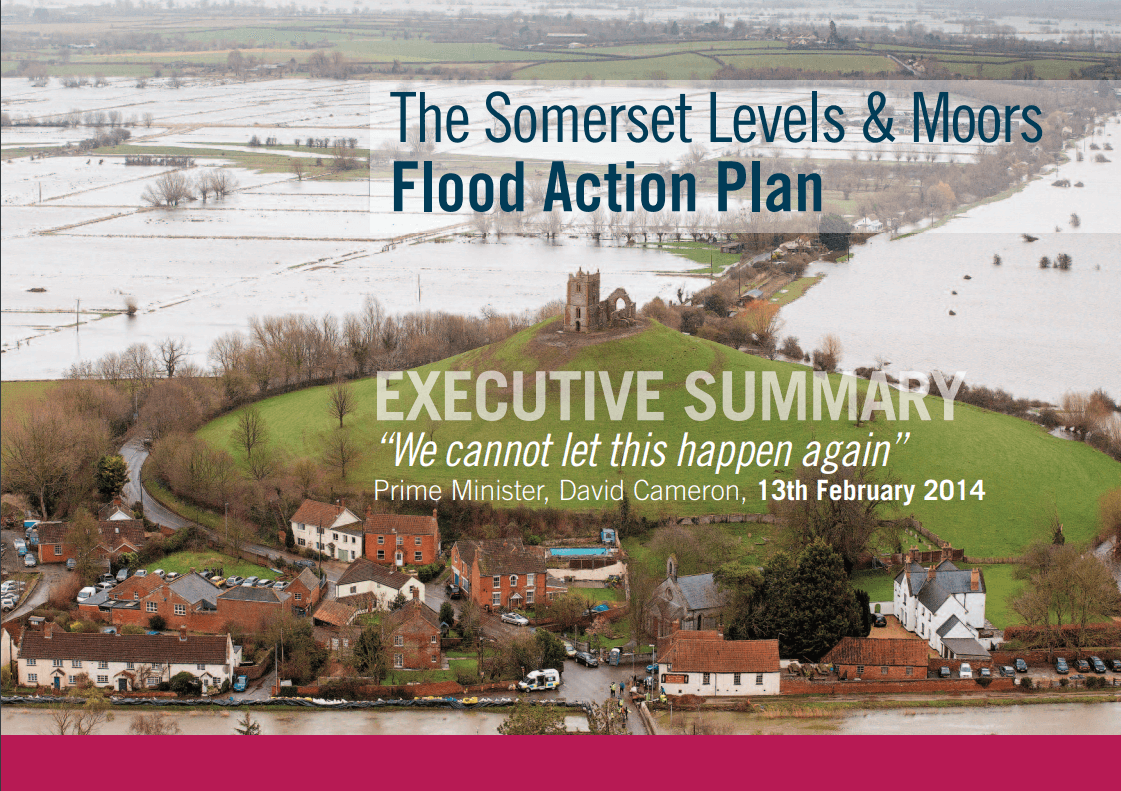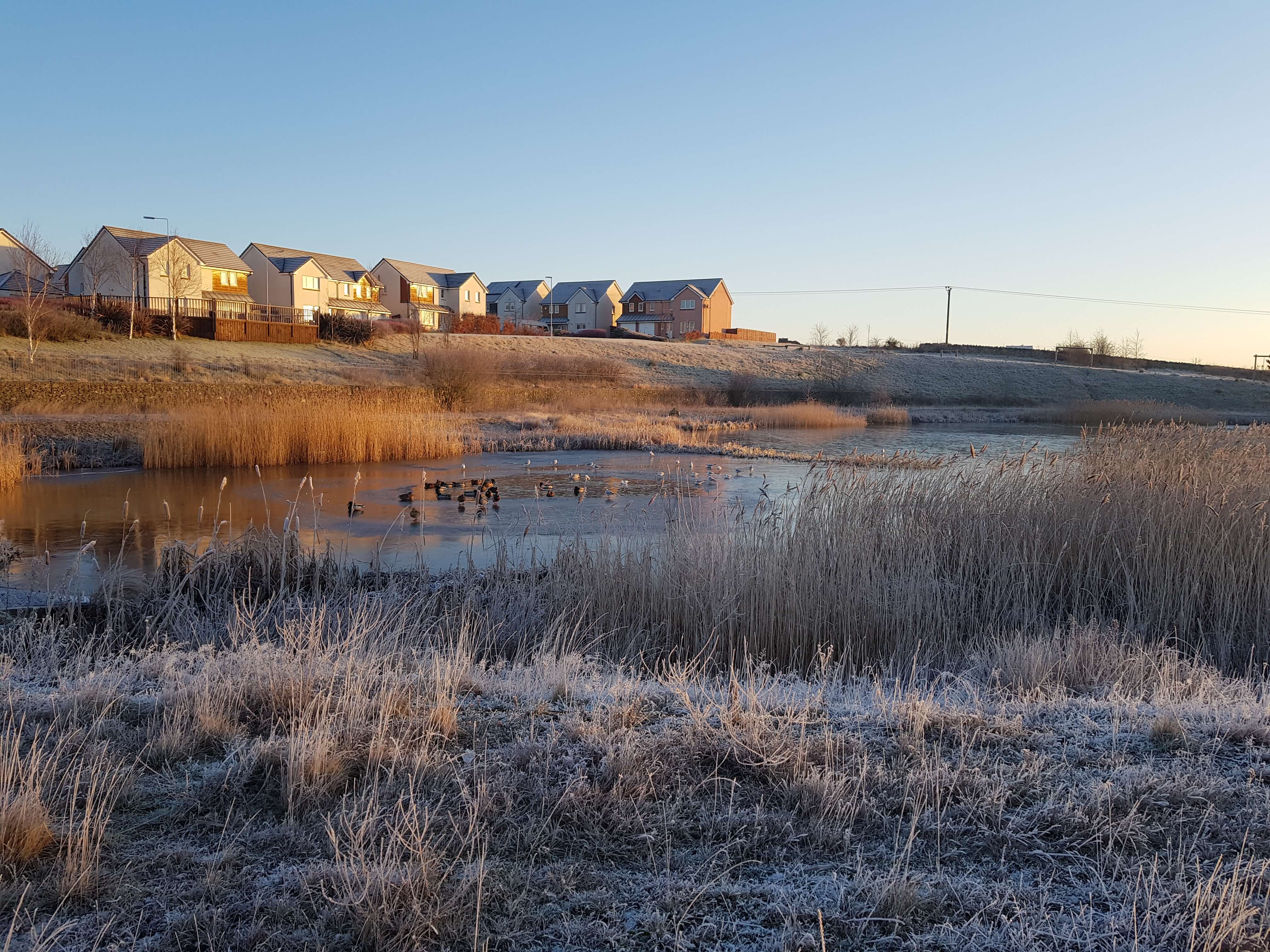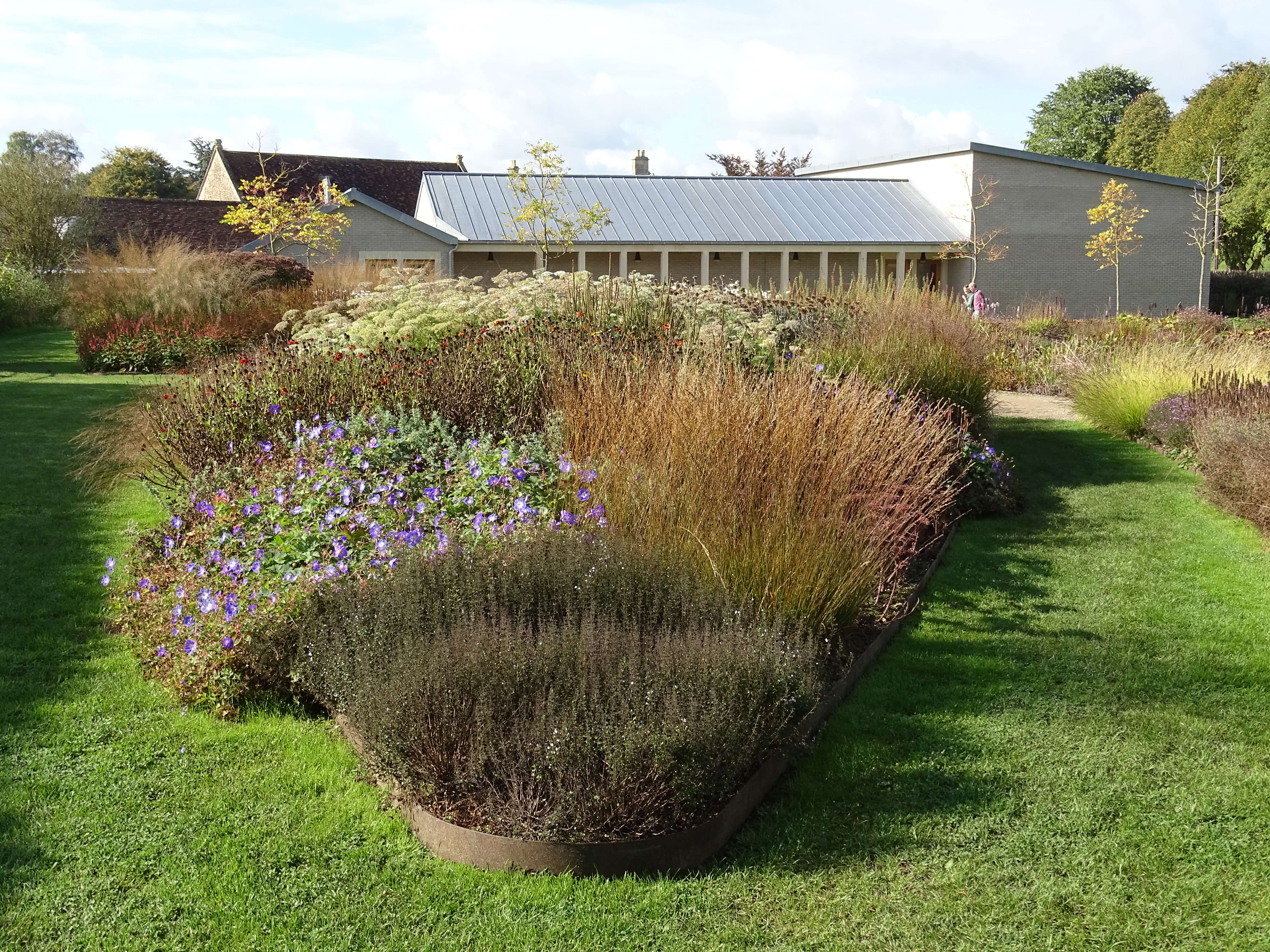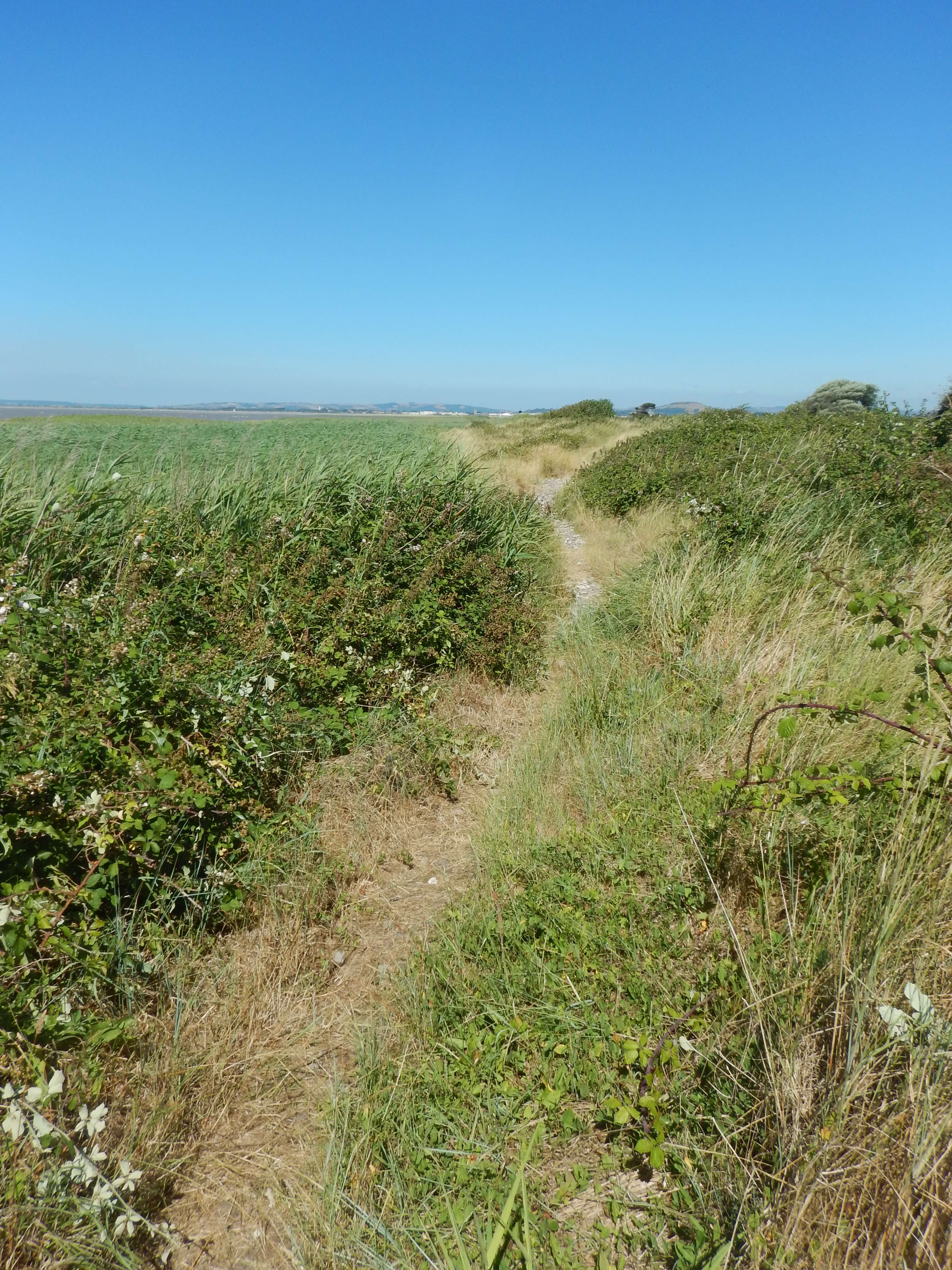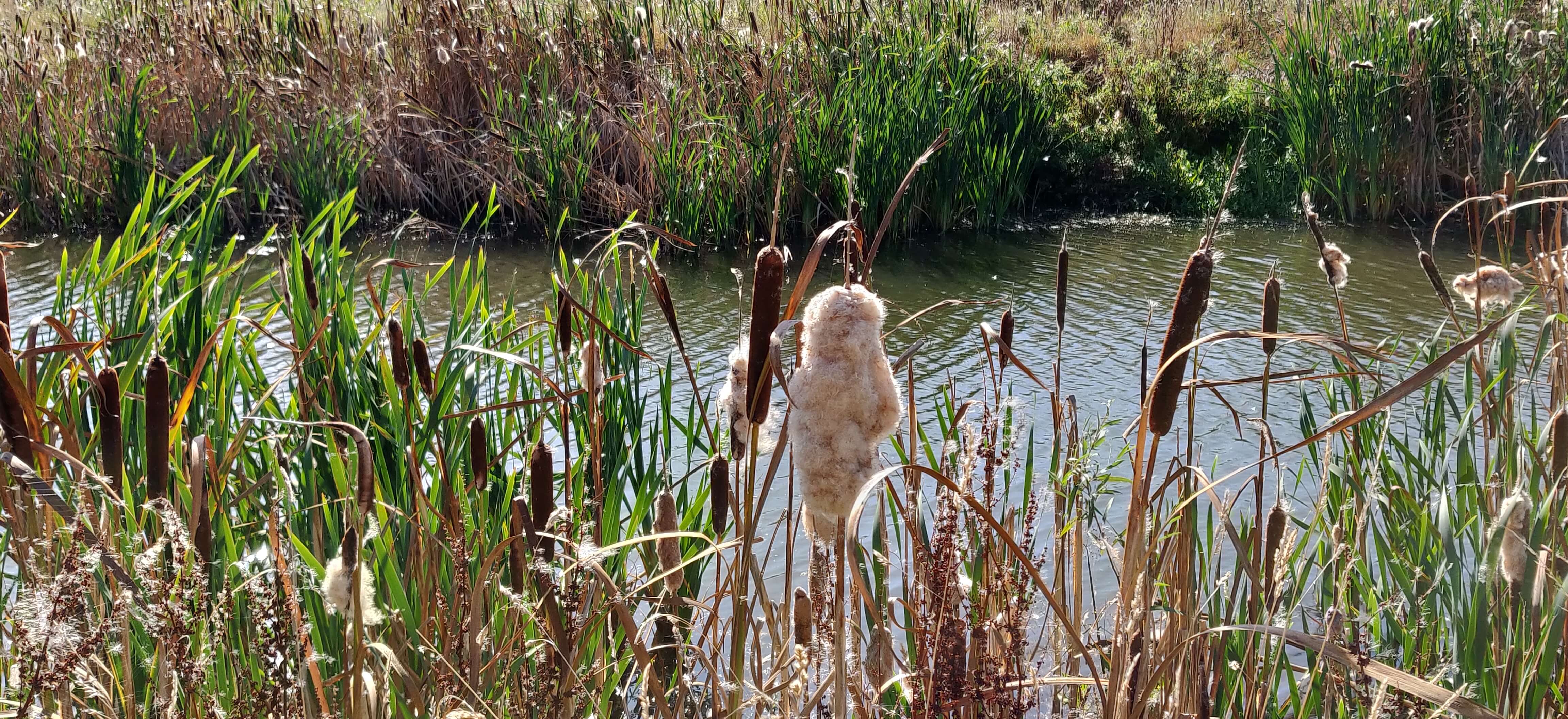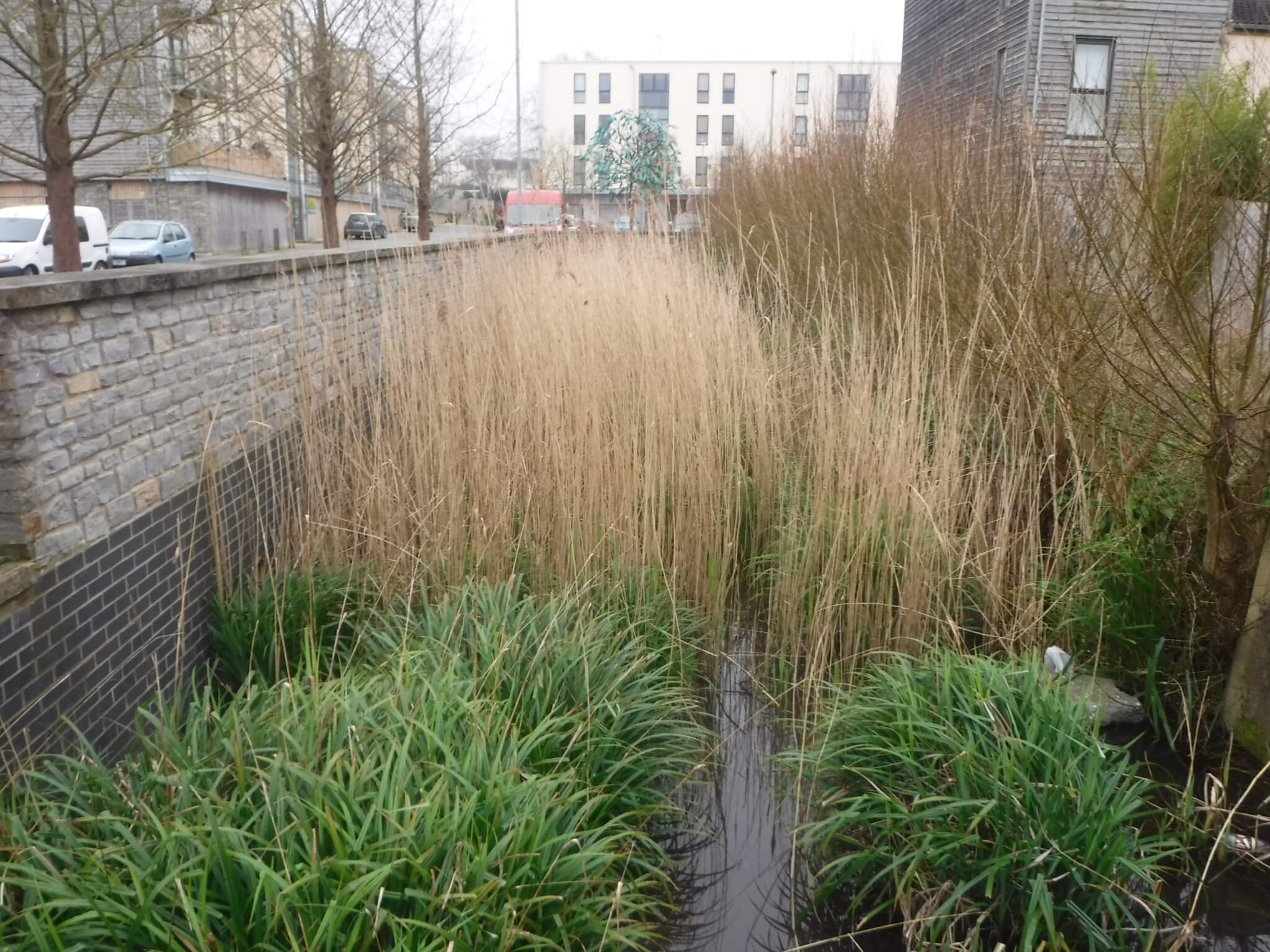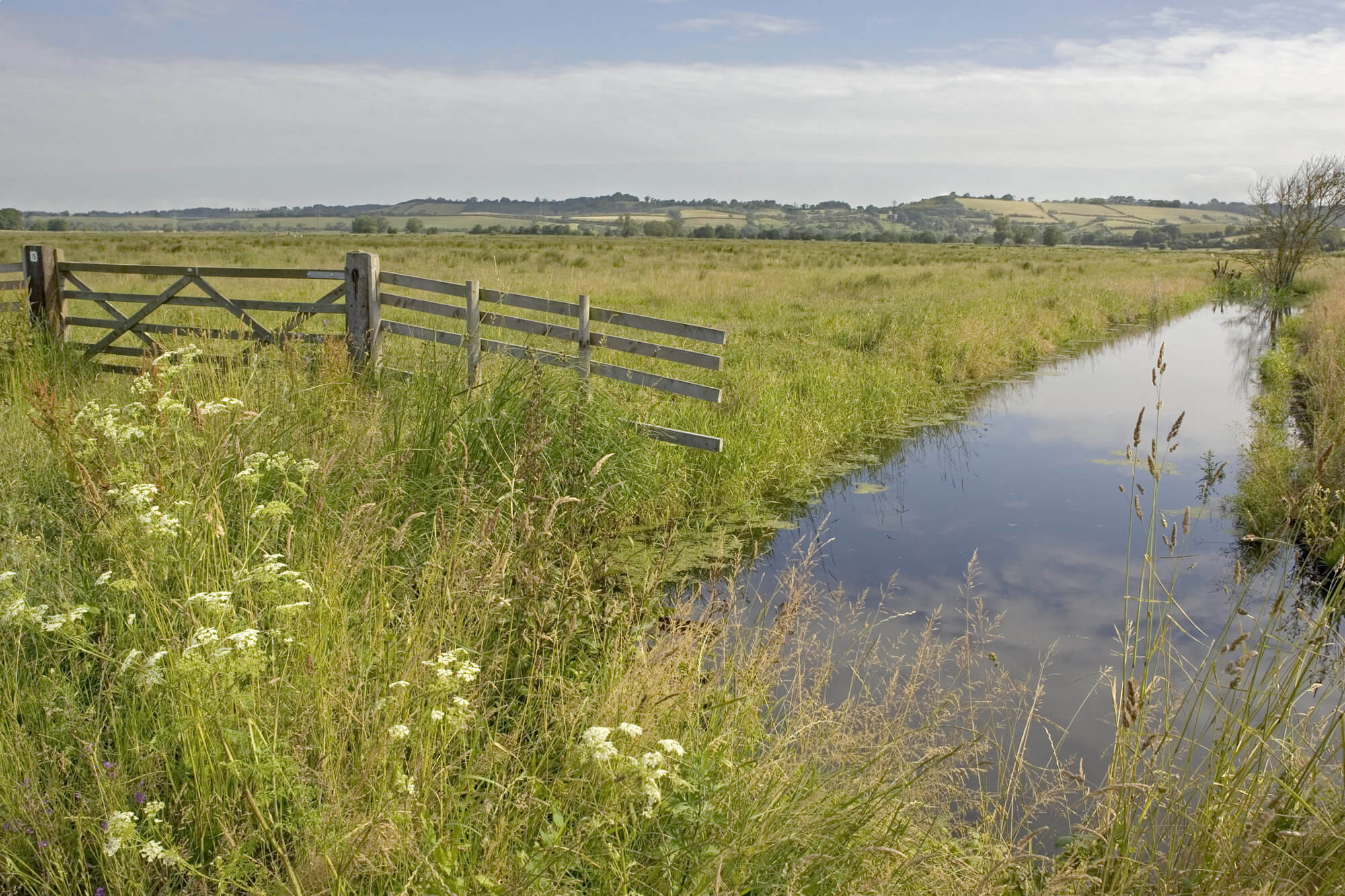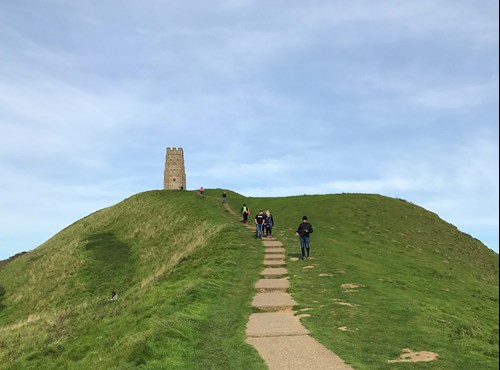
Sustainable Drainage Systems (SuDS) help to manage flood risk within Somerset. They help to protect homes, businesses, roads and services like schools and hospitals. They control the amount of rainfall and pollutants which run off paved surfaces, and enter our rivers, the Somerset Levels and eventually the sea. Well-designed SuDS also contribute to our resilience to climate change, and provide habitats for native wildlife in the county. They also provide places for communities to meet, play, exercise and enjoy nature.
This website has been developed to provide guidance, information, and useful links on SuDS for developers, planners and approvers, designers and community groups in Somerset. It also sets out Somerset Council's local SuDS design standards for Somerset.


